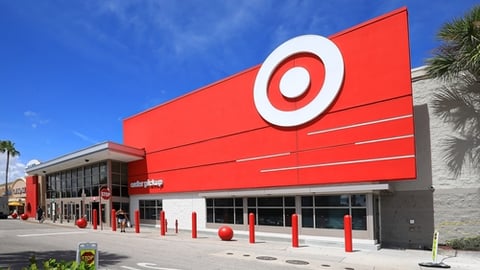Early 2025 Retail Sales Slow Following Robust December
U.S. consumers opened their wallets during the holiday seasons, helping drive retail sales growth, but quickly returned to pre-holiday spending levels at the New Year started.
According to figures from Circana, discretionary retail dollar sales over the five weeks ended January 4 increased 9% with 5% growth in unit demand compared to the same period the previous year. This December growth was partly a result of the shift of Cyber Week to December from the November timing in 2023.
The final results of the core U.S. holiday shopping season, beginning with Black Friday and carrying through the end of the year, was 2% dollar growth and a 1% increase in unit sales for discretionary general merchandise. Total retail sales for the year, including discretionary general merchandise, retail food and beverage, and non-edible consumer packaged goods (CPG), also grew 2% in dollars and 1% in units.
“Economic concerns kept consumers focused on needs, and the U.S. presidential election distracted them from early season spending. Then, calendar shifts created an abbreviated shopping period between Thanksgiving and Christmas that renewed a sense of urgency that spilled into the additional last-minute shopping days after Super Saturday,” said Marshal Cohen, chief retail industry advisor for Circana. “Ultimately, the resiliency of the consumer remained strong and resulted in the moderate growth anticipated at the season’s start.”
Discretionary spending quickly shifted back to the established baseline performance in January as consumers resumed their focus on needs and value. During the combined weeks ending January 11 and 18, discretionary spending was flat compared to the prior year. Major environmental events impacting the country, from a widespread winter storm and extreme cold to the Southern California wildfires, are also impacting retail. Unit demand was up 1% during the first two full weeks of the year. Retail spending on food and CPG products remains elevated over last year with unchanged demand.
“Consumers are taking a post-holiday spending respite, still facing higher prices on non-discretionary items, while also dealing with a new set of distractions,” added Cohen. “The consumer resiliency demonstrated by Holiday 2024 and the year’s overall retail results are a good sign for retail, but marketers need to be prepared for inevitable distractions that will impact the types of products purchased and the timing of spending as consumers continue to prioritize purchases around immediate need.”




